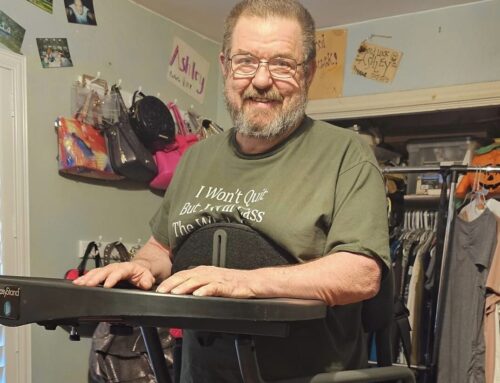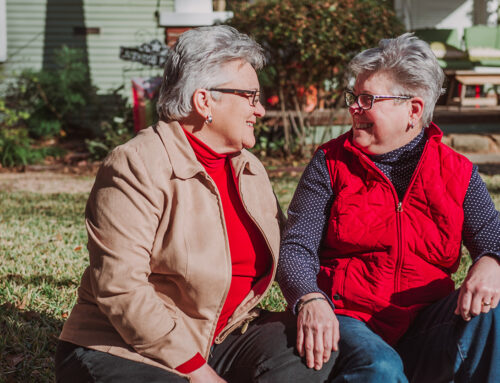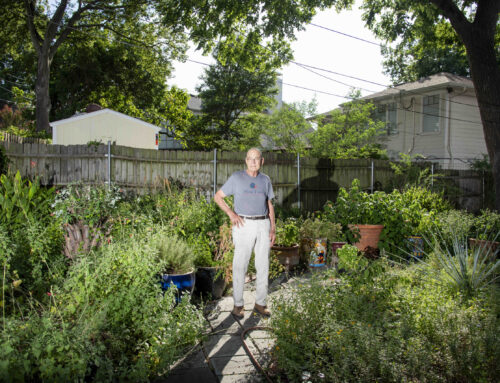There was an interesting letter to the editor in the Morning News the other day.
The writer wondered where our blue skies have gone and asked if anyone else is upset about all the smog Dallas has experienced lately. Certainly no one enjoyed the ozone-alert days Dallas suffered this summer. But the letter’s last question is the most telling: “Isn’t there someone who can do something about this?”
The answer to this question, and the remedy for our air’s future, lies within ourselves. There is no one who can magically rescue us from the predicament. Changes must be made on an individual, corporate and industrial level for our air to remain viable.
Ozone is just another word for smog, and our numerous recent ozone alerts is not a good sign. Los Angeles and Houston always have had a reputation for smog, not now other cities including Dallas/Fort Worth, are being identified with ozone problems. An article in the Dallas Business Review (Spring 1995, page 72) sheds some light on the ozone dilemma. Here are some details.
Clients who fail to meet the Environmental Protection Agency’s standards are considered “non-attainment areas”. The Federal Clean Air Act was amended in 1990, adding stricter requirements and compliance deadlines for non-attainments areas.
Many pollutants are monitored, including ozone, carbon monoxide, nitrogen dioxides, sulfur dioxide and particulates. Most major cities in the United States are identified as non-attainment for one or more pollutants; ozone is the most common.
Non-attainment classifications are based on the severity of the problem: marginal, moderate (Dallas/Fort Worth’s ranking), serious, severe I or II (Houston’s ranking), and extreme (Los Angeles’ ranking). Regions with serious problems are allowed more time for compliance. Dallas/Fort Worth’s deadline is November 1996.
Ozone if formed when volatile organic compounds (VOCs) react with nitrogen oxides in the presence of sunlight. Levels are highest in the summer when there is an abundance of sun but little wind and rain.
Ozone alerts occur when conditions appear favorable for the next day to exceed federal standards: a forecast of 90 degrees or above with plenty of sun, wind of less than eight knots, little or no cloud cover, and at least 50 parts per billion of ozone measured in the atmosphere the prior day.
In 1994, Dallas experienced 28 ozone alerts and several exceedances, which occur when ozone is measured at greater than 125 parts per billion. Private vehicles cause 56 percent of Dallas/Fort Worth’s smog, 38 percent comes from buses and trucks, and 18 percent comes from boats, aircraft, trains, and construction and maintenance equipment, including gasoline powered tractor, bulldozers, lawn mowers, Weedeaters, and grass blowers.
Lawn-care machines produce more pollution than you might think – one hour of operation equals about 50 miles of car driving.
Dallas’ ozone levels need to be restrained by 1996 to comply with the Clean Air Act Amendments and protect highway funding. Our main goal is VOC emissions measuring 15 percent below 1990 levels by November 1996.
Plans include emissions reductions and gasoline vapor recovery, along with proposals for additional compliance measures for industries such as auto body shops, municipal landfills, large bakeries, Fiberglass and synthetic glass industries.
Ozone exposure can result in shortness of breath and difficulties for people with asthma or bronchitis. On ozone alert days, public transportation is encouraged. Bus fare is only 25 cents, and carpool remainders and hotlines are posted.
Here are other suggestions to help reduce air pollution from an EPA handout:
• Try not to use solvent-based paints, degreasers or lighter fluids.
• Limit your driving, especially on ozone alert days. For short trips, think about riding your bicycle or walking.
• Minimize cold starts by combining trips. Most vehicle emissions occur in the first few minutes of engine operation.
• Avoid jack rabbit acceleration. It uses more fuel than your car engine can efficiently burn.
• Avoid excessive idling. Drive during off-peak hours to avoid congested traffic. Avoid highway construction projects and lines at drive-through windows.
• Drive your lowest emission vehicle, usually your newest or most fuel-efficient car.
• Refuel carefully and in the evening when it’s cooler. Avoid spilling gasoline, don’t top off the tank, and check to make sure your gas cap seals properly.
• Maintain your vehicle according to the manufacturer’s and emission control standards.
• Keep your car in the garage when not in use. This reduces the day-night temperature swings that can cause gasoline vapors to escape from your tank into the atmosphere.
• Don’t mow your lawn or use gas-powered lawn equipment in the morning on ozone alert days. Keep your equipment in top-running condition.
• Consolidate errands throughout the week to reduce the number of single trips to the same general area. Try to eliminate excessive and unnecessary driving.





